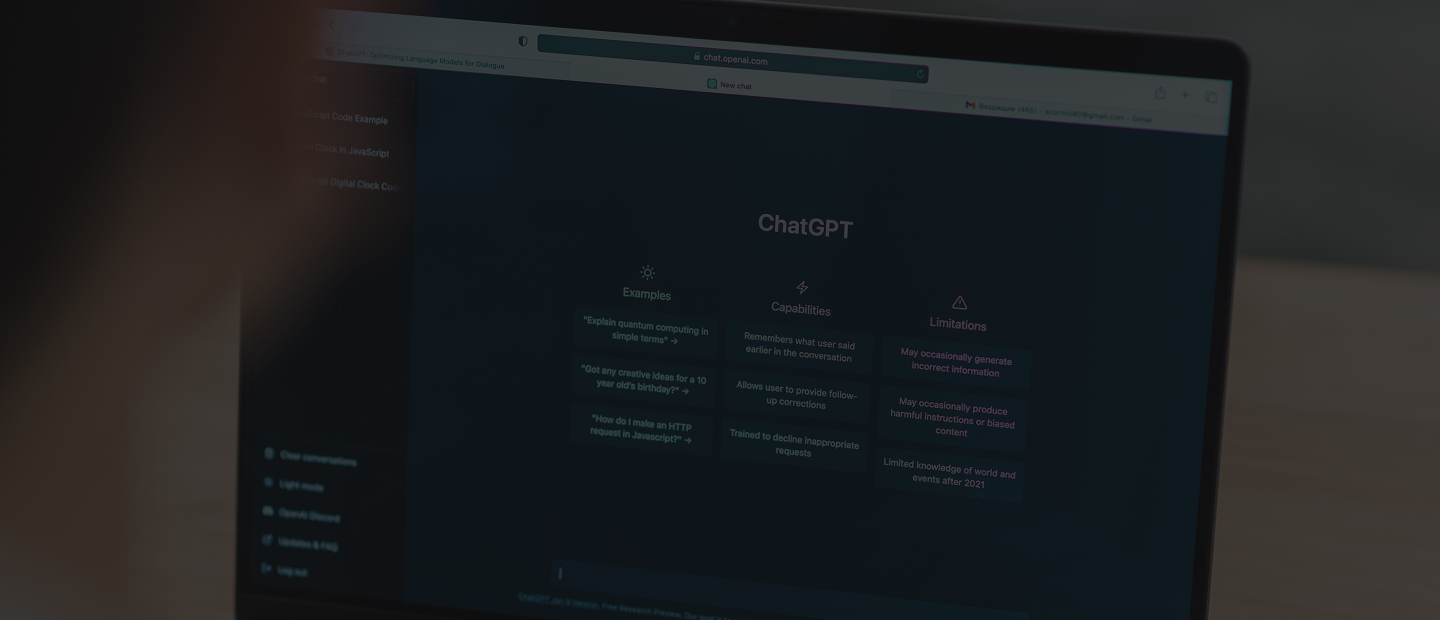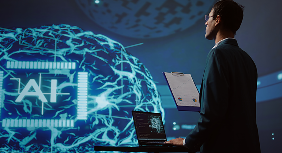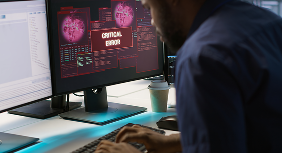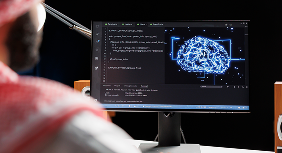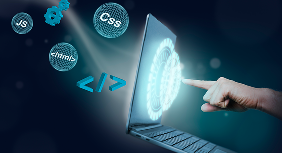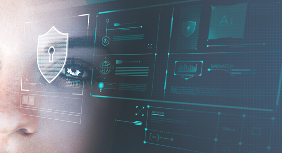Introduction
The answer is both exciting and nuanced. AI can assist, generate, and even correct code. But writing secure code involves more than just getting the syntax right. It demands understanding context, anticipating threats, and making decisions that protect data and systems. So where exactly does AI fit into secure software development? Let's break it down.
What It Means to Write Secure Code
Secure code is more than just error-free code. It is about writing logic that actively resists attacks, protects sensitive data, and follows best practices across every layer of an application. This includes things like input validation, access control, encryption use, error handling, and safe third-party library integration.
When a human developer writes secure code, they draw on knowledge, experience, past incidents, compliance rules, and team discussions. They weigh the cost of tradeoffs, consider user behavior, and plan for edge cases. This is what makes secure software development so complex. It is not only technical. It is also strategic.

How AI Writes Code Today
AI-powered tools like GitHub Copilot, Amazon CodeWhisperer, and various coding assistants can now suggest entire functions, complete lines, and even generate scripts based on comments or prompts. This has been a game-changer in productivity, especially for routine tasks and boilerplate code.
Some of these tools are trained on public repositories, meaning they have “seen” millions of examples of how humans solve problems. That gives them a wide lens on how code is written in different languages and for different purposes. So while AI can certainly write working code, secure code is a more advanced challenge.
The Good News: AI Can Learn Secure Patterns
The encouraging part is that AI is getting better at learning what secure code looks like. When models are trained on curated, secure-by-design codebases and guided by developers with security expertise, they start recognizing better patterns.
For instance:
Context-Aware Suggestions
If the prompt involves authentication, AI can suggest safer methods like OAuth or token-based systems instead of older, vulnerable methods.
Parameterization Over Concatenation
When generating database queries, advanced AI models can now suggest parameterized inputs instead of string concatenation, reducing the risk of SQL injection.
Library Recommendations
Some systems can detect when a developer is about to use an outdated or risky dependency and recommend a secure alternative.
Inline Warnings
AI tools can flag insecure patterns as you type and explain why a certain method or structure may be risky.
This is a big win for secure software development. It allows developers to work faster while still making good security choices, especially when the AI is part of a wider code review and testing process.
Where AI Still Falls Short
While promising, AI still has a few blind spots when it comes to producing secure code on its own.
Lack of Deep Understanding
AI does not understand project goals, business logic, or user behavior. A human might know that a certain route should not be accessible to all users, while AI just sees it as another function to generate.
Blind Reuse of Vulnerable Code
Many AI models are trained on publicly available code, which can include flawed or vulnerable examples. If not filtered properly, the AI may repeat insecure patterns without knowing it.
Overconfidence
AI suggestions often look clean and convincing. Developers may accept them without verifying their security, especially under tight deadlines.
Limited Real-World Awareness
AI cannot currently understand things like regulations, compliance frameworks, or evolving threats unless explicitly trained and updated for them.
This is why AI-generated code always needs to be reviewed, tested, and validated by experienced developers.
AI as a Partner in Secure Development
The most productive way to use AI in development is as a partner, not a replacement. When combined with code linters, static analysis tools, and manual reviews, AI becomes an assistant that improves speed without compromising security.
It can help you:
Catch common bugs before they become vulnerabilities.
Suggest safer alternatives to risky practices.
Document code and improve readability for future reviews.
Automate checks across large codebases
This partnership makes secure software development more efficient and more scalable, especially for teams managing high-output projects.
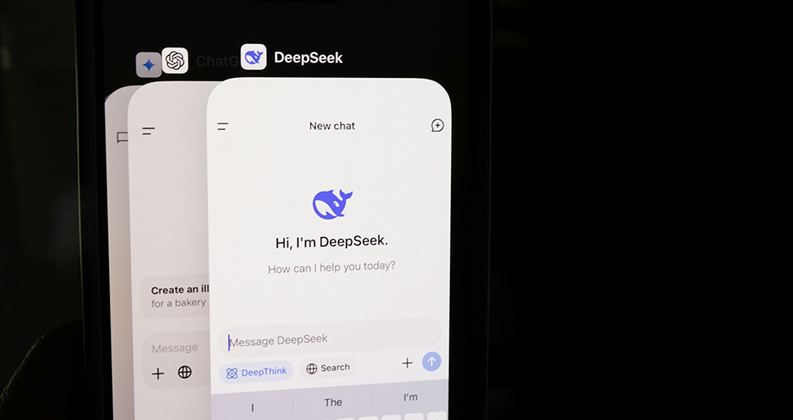
Final Thoughts
So can AI write secure code?
The honest answer is that AI can write safer code with the right training, oversight, and collaboration. It is not yet at the point where it can replace a human security expert. But it can definitely enhance the secure software development process when used wisely.
Think of AI as a power tool in a developer’s toolkit. It speeds up the job, catches common mistakes, and offers guidance. But it still needs a skilled human to operate it and ensure the final result is strong, safe, and reliable.
